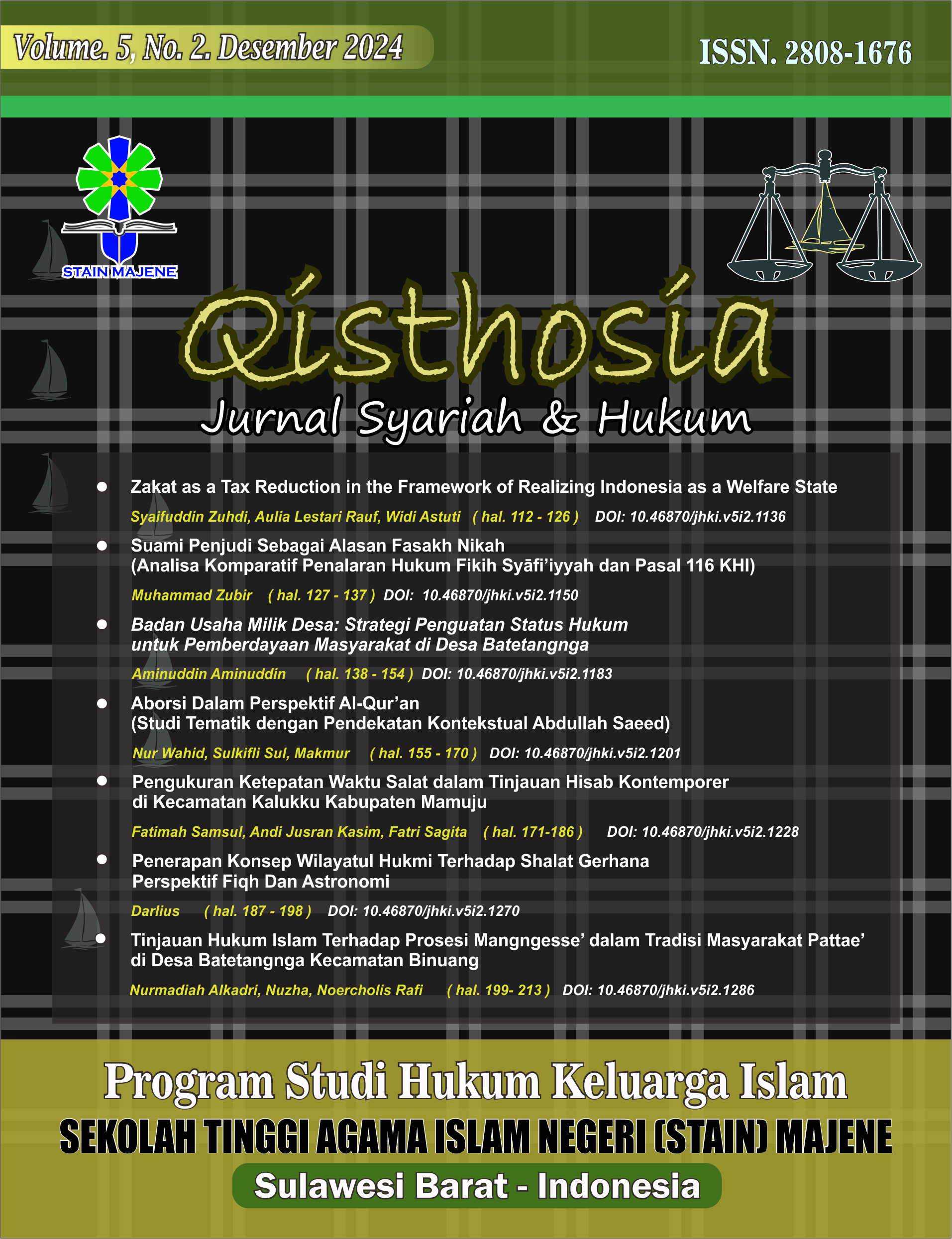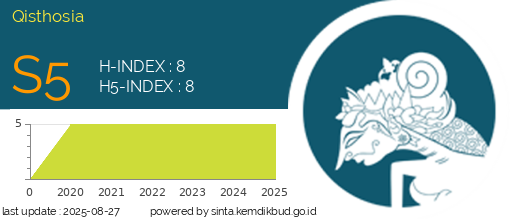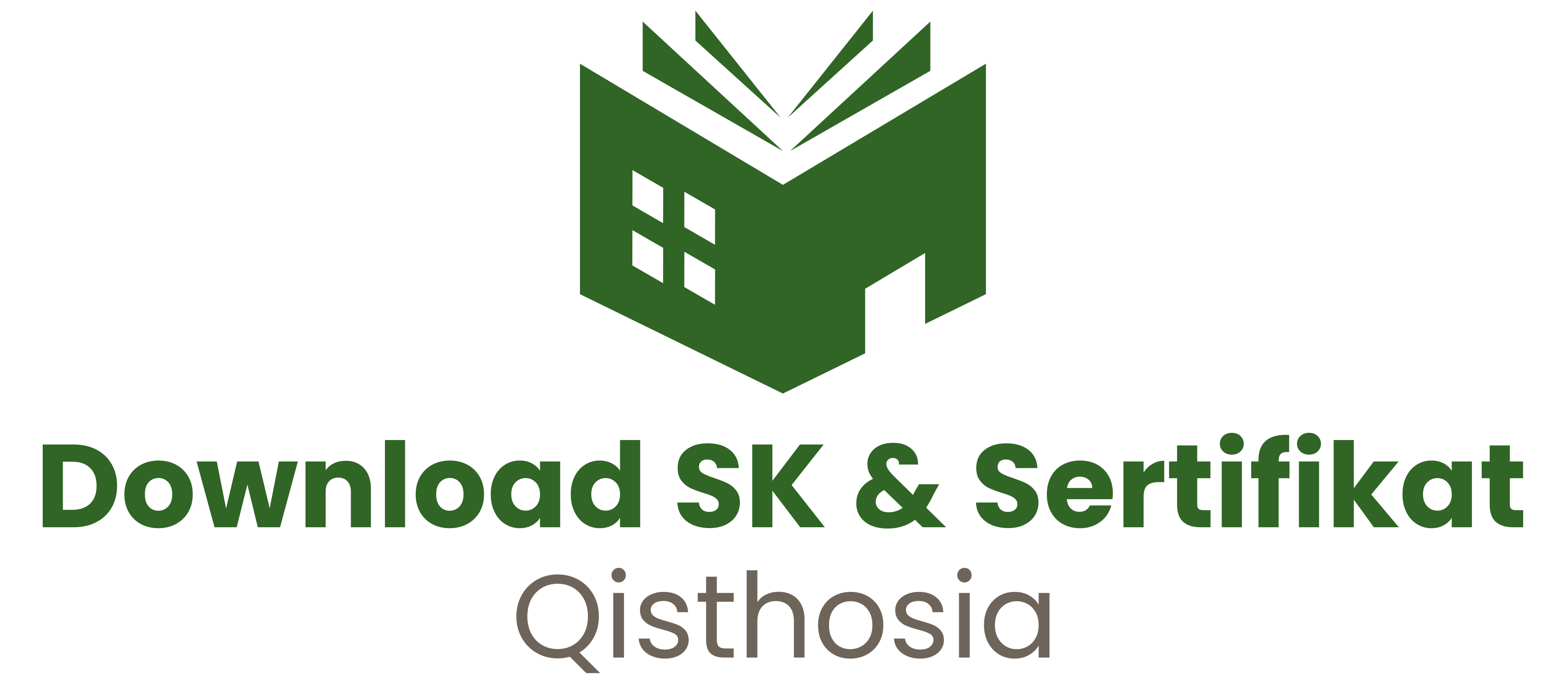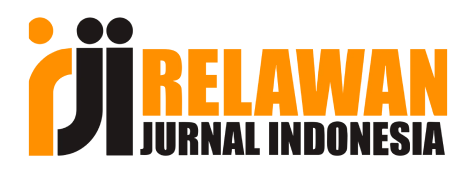Strategi Penurunan Prevalensi Stunting di Kampung KB Desa Palipi Soreang Kabupaten Majene: Studi Analisis Kebijakan dan Intervensi Komunitas Berbasis Hukum Keluarga
Strategies for Reducing the Prevalence of Stunting in Kampung KB, Palipi Soreang Village, Majene Regency: A Study of Policy Analysis and Community-Based Interventions Based on Family Law
DOI:
https://doi.org/10.46870/jhki.v5i2.1649Keywords:
Stunting, Family Law, Village Goverment Policy, Community InterventionAbstract
Stunting is a chronic nutritional problem that has a multidimensional impact on the quality of human resources. This study aims to identify strategies to reduce stunting in the KB Village of Palipi Soreang Village, Majene Regency, as a priority area in West Sulawesi. Using a qualitative approach and case study method, data were collected through in-depth interviews, FGDs, participatory observation and documentation. The results showed the significant success of Palipi Soreang Village in reducing the prevalence of stunting through strengthening village regulations, activating Posyandu and the Family Assistance Team, and involving village youth. These strategies are effective when combined with nutrition education, early marriage supervision, and inter-sectoral synergy. This study recommends the integration of stunting interventions into village development policies based on the Islamic family law approach, as well as cadre empowerment and merit-based incentives.
References
Alam, D. S. et al. (2019). "Stunting and obesity risk: A study in Bangladesh." International Journal of Epidemiology.
Black, R. E. et al. (2013). "Maternal and child undernutrition and overweight in low-income and middle-income countries." The Lancet.
Hoddinott, J., et al. (2013). The Economic Impact of Stunting.
Kementerian Kesehatan RI. (2021). "Laporan Riskesdas 2021.
Kementerian Kesehatan RI. (2023). Survei Status Gizi Indonesia (SSGI).
Kementerian Perencanaan Pembangunan Nasional/Bappenas. (2020). RPJMN 2020-2024.
Kimani-Murage, E. W. et al. (2011). "Breastfeeding and stunting risk in Kenya." Maternal & Child Nutrition.World Health Organization (WHO). (2023). Global Nutrition Report. WHO.
Oktarina, & Sudiarti. (2013). Determinants of Stunting in Children.
Pangaribuan, et al. (2020). Early Marriage and Stunting Risk.SSGI, Kemenkes RI (2023).
Schneider, H. (2018). Child Growth and Malnutrition in Developing Countries.
Spears, D. (2013). "The impact of sanitation on stunting in India." The World Bank Economic Review.
SSGI, Kemenkes RI (2022).
UNICEF (2023). State of the World’s Children Report.
UNICEF. (2023). "Child Growth and Nutrition: Understanding Stunting.
Victora, C. G., et al. (2016). The Lancet Maternal and Child Nutrition Series.
WHO. (2023). "Global Nutrition Report: Stunting and Wasting.
Woldemichael, D. et al. (2020). "Cognitive development in stunted children: A study in Ethio-pia." Journal of Public Health.
World Health Organization (WHO). (2023). Global Nutrition Report. WHO.
Victora, C. G., et al. (2008). "Maternal and Child Undernutrition: Consequences for Adult Health and Human Capital." The Lancet, 371(9609), 340-357.
WHO. (2023). "Global Nutrition Report: Stunting and Wasting.
Downloads
Published
How to Cite
Issue
Section
License
Copyright (c) 2024 QISTHOSIA : Jurnal Syariah dan Hukum

This work is licensed under a Creative Commons Attribution-NonCommercial-ShareAlike 4.0 International License.








 Indonesia
Indonesia






